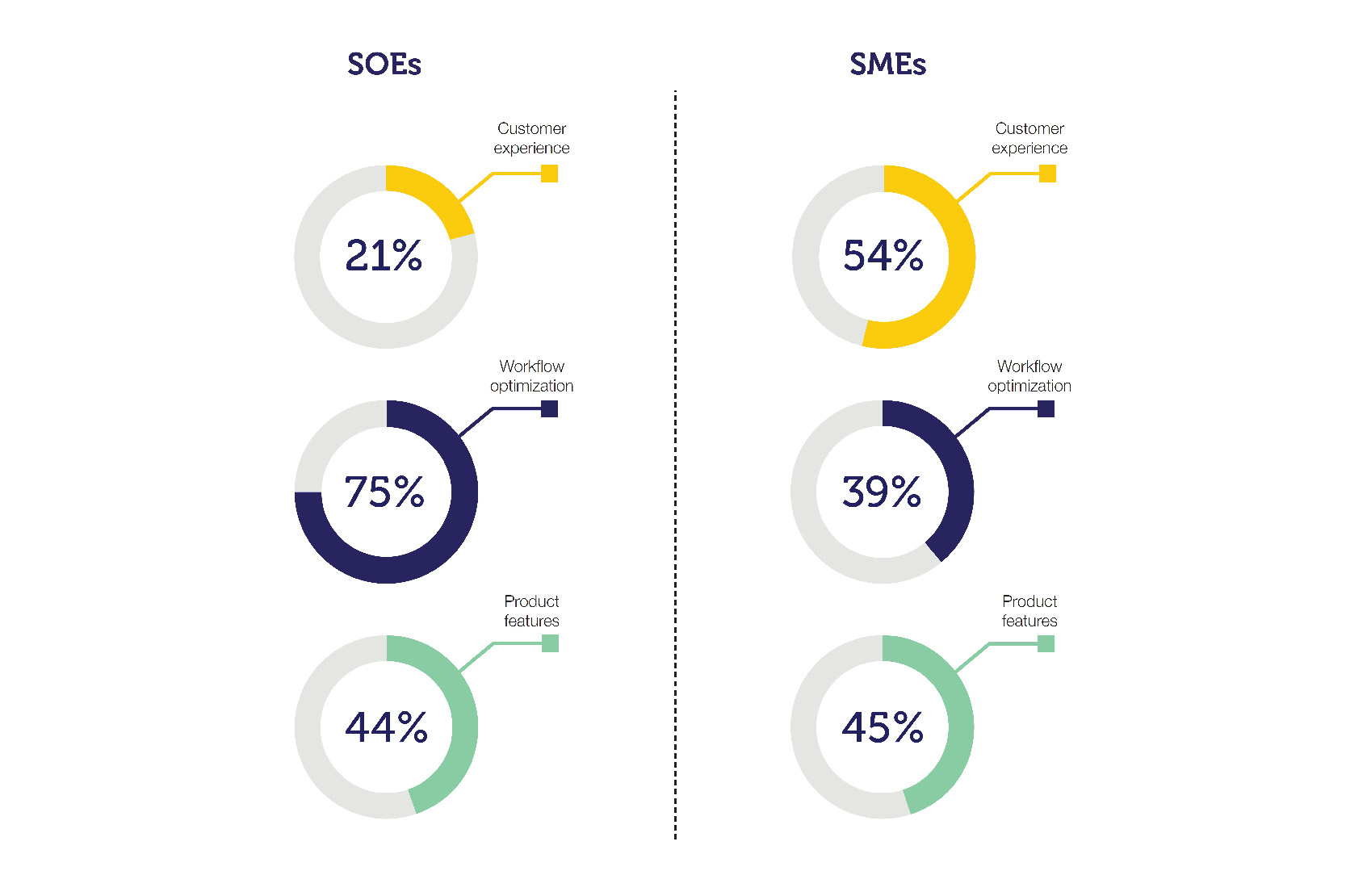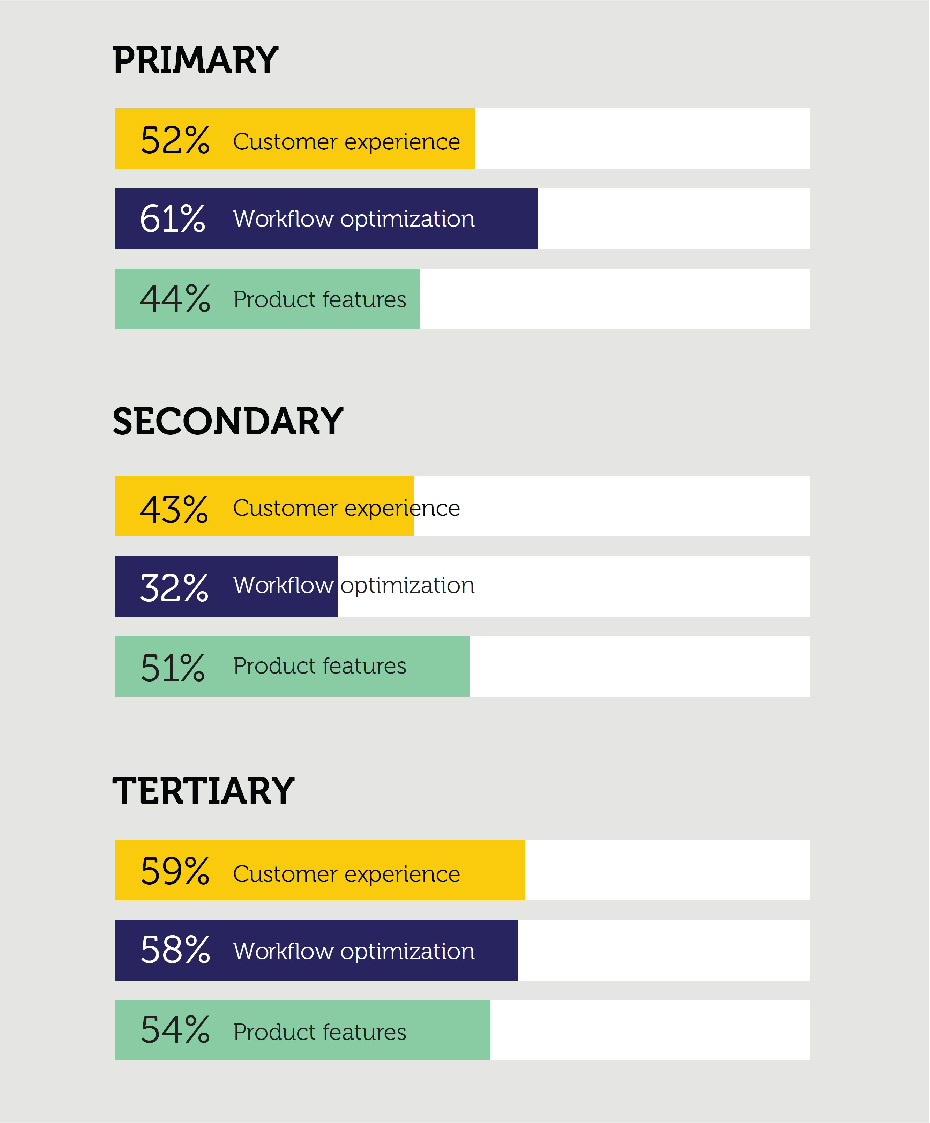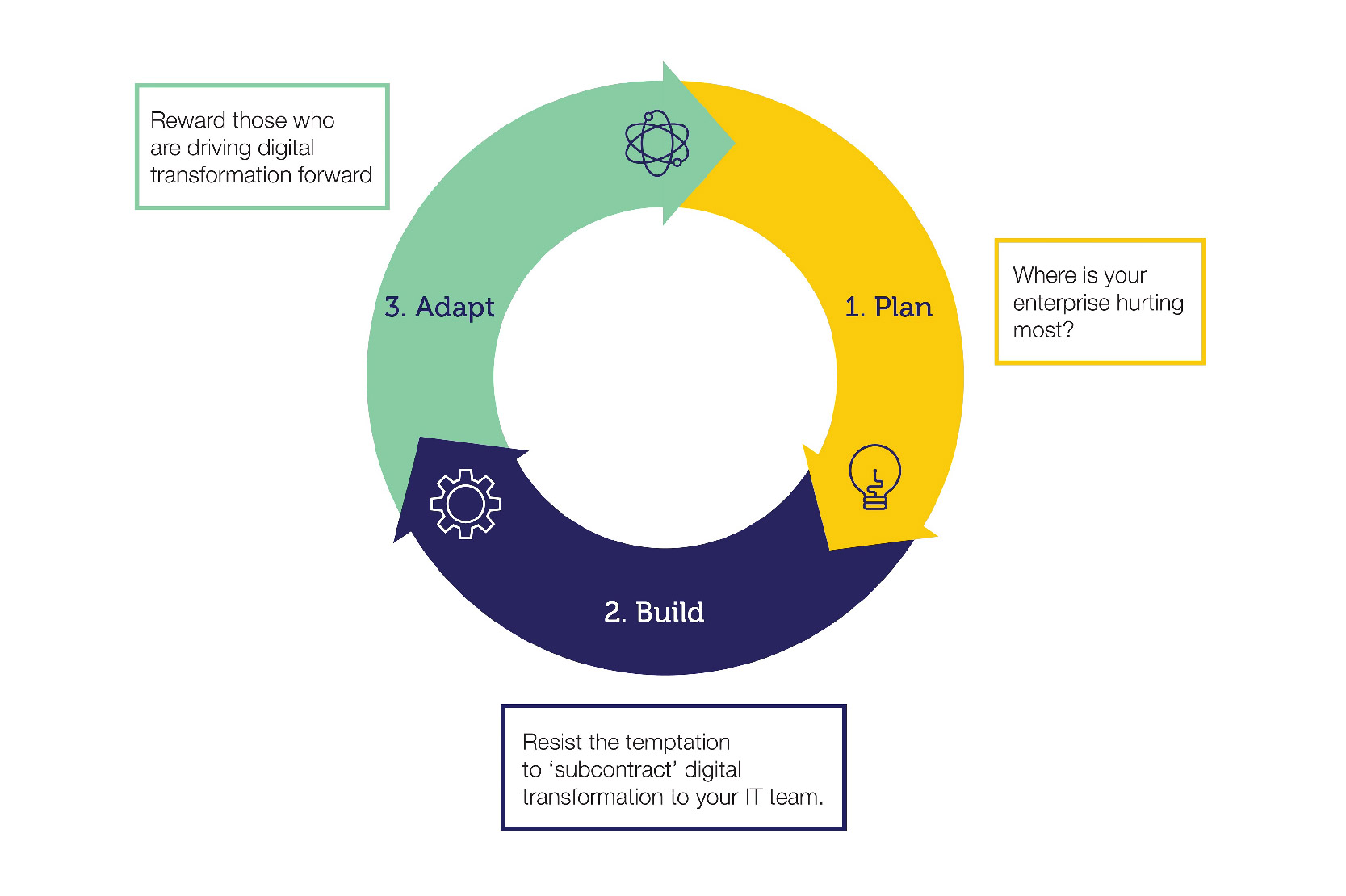Vietnam’s Atomic Energy Law: A new era for clean power?
As Vietnam’s Law on Atomic Energy takes effect on 1 January 2026, nuclear power is back in the spotlight as a strategic pillar for energy security and carbon neutrality.
The emotional cost of working with AI
AI discussions have predominantly focused on technical outcomes like productivity, task performance, and error reduction. However, a deeper exploration of the emotional and psychological impact is essential.
Female anaemia rising as male cases fall in Vietnam
A study has revealed a growing gender divide in Vietnam’s anaemia burden, with rates rising among women while steadily declining among men.
Building collaborative governance for green maritime logistics
Vietnam’s ports face rising pressure to cut emissions. New research from RMIT reveals the risks, gaps, and cooperation needed for a credible, sustainable transition.








